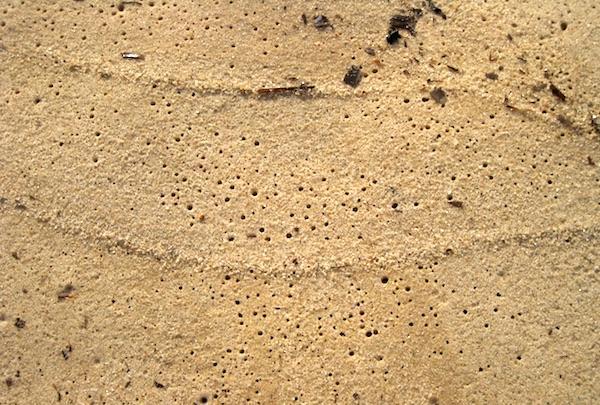
A soil foundation is necessary to support the building and the loads that are within or on the building. The combination of footing and foundation distributes the load on the bearing surface and keeps the building level and plumb and reduces settling to a minimum.
Rock sites

Building houses on solid rock foundations is the best structural solution. Rock is the most stable foundation. However, these sites cause cost difficulties with excavations for footings, water pipes, sewer pipes, underground power, gas and stormwater drainage. So, generally, rock sites are not viewed favourably. Sand sites Housing sites located on sand are the best sites. Sand is capable of supporting up to four-storey houses. It is generally easy to excavate with a hand shovel.
Clay sites

Clay sites are among the most common in Australia. They are the main type of site around our capital cities. Clay surface movements range from relatively small to extremely large. Clay soil is measured by its ability to expand or contract with the addition or subtraction of water. The measure is referred to as its 'reactivity'. These reactive soils change according to seasonal changes in the moisture content. Swelling soils will lift footings and their buildings and can cause significant structural damage. Shrinking during dry periods causes buildings to sink and crack.
Problem sites

Poor supporting soils include soft clays, wet sand, dump sites containing uncontrolled fill or rubbish, loose soil and unknown or unclassifiable material. These sites are unpredictable and cause the biggest problem for footing designers. Such sites require an engineer to design appropriate foundations.
Site classification
Soils are classified according to their stability. Soil samples are taken on the site to determine soil class. A geotechnical engineer's report will clearly state the likely soil conditions and recommend a suitable footing system.Two examples of Site classifications:
- Class E - extremely reactive clays Class E sites are predominant in the Adelaide area but are also found in other arid and small regional pockets. Class E sites contain extremely reactive clays that have reactive depths down to 4 meters below the natural ground level. Class E sites invariably require stiffened raft slab footings with deep edge beams and substantial Y bar steel reinforcement cages.
- Class P - problem soils Problems soils can be found at any site and can consist of rubbish dumps and uncontrolled fill, soil with low bearing pressures or loose sand




